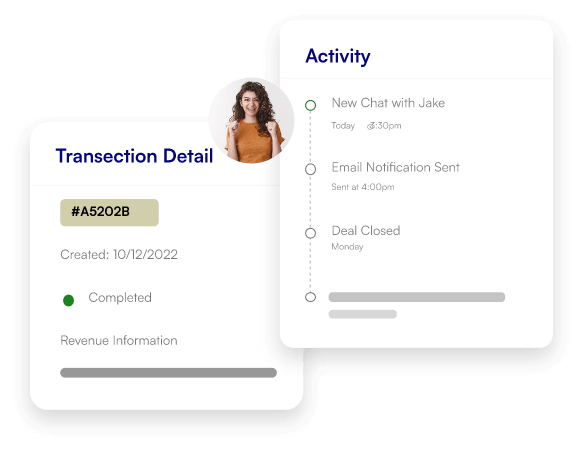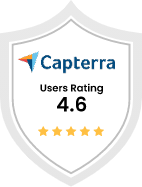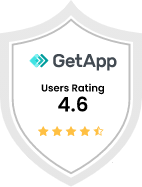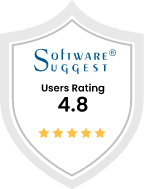
Our Global Customers







What is a lead?
An individual or corporation that has expressed interest in the goods or services that your firm provides but hasn't yet made a purchase from you is referred to as a lead.
A phone number, email address, and other contact information are frequently used to show interest.
Leads are regarded as a crucial component of a company that contributes to its expansion.

How do leads work?
Even if they are the same people, leads and consumers are not exactly the same. Yes, that is a little perplexing. In the context of SaaS and subscription business models, leads are prospective customers, and customers are those who have previously made a purchase from you or are doing so right now. A lead turns into a customer after they reveal their credit card.
Two categories of leads are often distinguished by marketing and sales teams:
To determine if a lead is a MQL or a SQL, most businesses utilize a score system or another method of gauging purchase intent. An SQL is prepared to communicate with a sales representative, whereas a MQL isn't.
A prospective customer fills out the form and exchanges their email address with you. You really don't have any indication that this guy is prepared to buy, though. Just because someone has provided you their email address doesn't necessarily mean that they are a good fit for your business. They can be just starting their research process or they might be downloading it just for market research. They are currently a MQL. They become a SQL if they've shown sufficient purchase intent, however you choose to define that (maybe they've visited your pricing page a few times, for example).
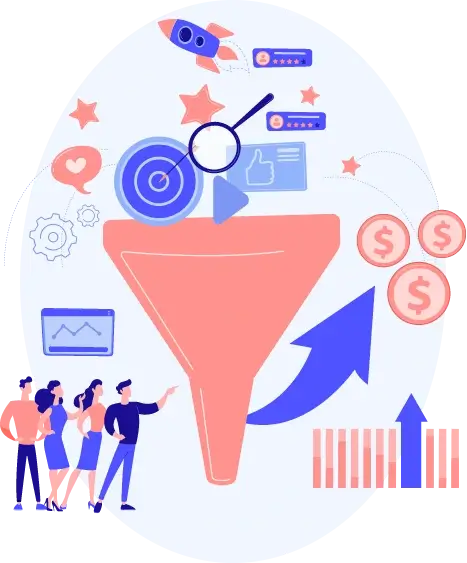
What is lead generation?
The process of obtaining and retaining prospective consumers through various marketing initiatives, such as webinars, email campaigns, surveys, etc., with the goal of turning them into customers, is known as lead generation. It entails selecting target audiences, producing content that appeals to them, and ultimately converting prospects into leads that sales teams can nurture. Lead generation is essential for a developing company.
The issue of managing many incoming leads arises when inquiries increase quickly; manual filling in sheets might be challenging to keep up with. Every enquiry needs to be accurately tracked and managed since every lead counts!

What is the lead management process?
Managing leads successfully is the process of lead management. It entails recording and categorizing leads in accordance with communications with sales and marketing professionals. CRM Lead management is the process of gathering leads as well as monitoring their activities and purchasing patterns before qualifying them. The goal of this procedure is to prepare the leads for sale so that the sales team can pursue them.
Reliable Results Guaranteed
Trust in our Lead Management System
Minimize Lead Leakage
- 99.9%
- Conversion Efficiency
Accelerate Response Rates
- 61%
- Lead Engagement
Increase Your Efficiency
- 5x
- Task Performance
Fuel Your Funnel
- 80%
- Faster Funnel Movement
How does lead management system work?
Lead Capture
In order for leads to be captured in your system automatically, lead capture automation refers to the automation of leads. There are numerous lead generation sources available nowadays, and when the volume of leads increases, it becomes a laborious effort for personnel to manually enter each lead into the system. Lead capture automation assists you in ensuring that every lead is accurately entered into the system at the point of origin, preventing any lead leakage.
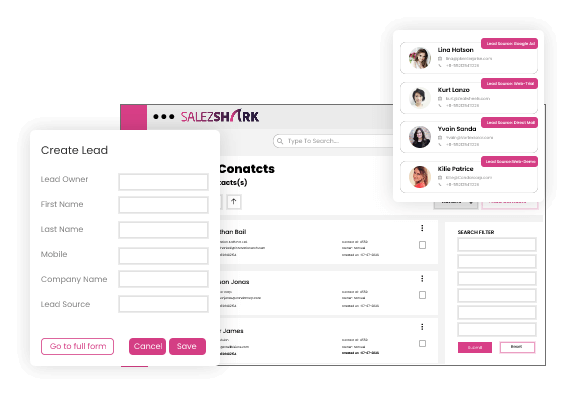
Lead Tracking
When a lead is captured, the best lead management software for small business starts the CRM lead tracking feature, which automatically logs the lead's actions. The SalezShark CRM for lead management provides a thorough tracking report of a lead that details the pages the lead viewed, the forms the lead filled out, the amount of time the lead spent on your blog, and more. In this way, it gives you useful information about your leads that you can use to get to know them better. These days, free lead tracking software is also quite good at monitoring phone or chat discussions with leads.
Lead Scoring
It's time to decide whether the sales leads are worthwhile to pursue now that they are available. The lead management software determines which prospects are worth paying attention to using quality scoring, which is based on interactions and the chance of converting a lead into a client. It also considers buyers' personas. These relationships' scores can be adjusted in accordance with how closely they develop or how likely they are to succeed. Sales professionals can efficiently prioritize their duties by using the buyer personas and good interactions as a guide for quality grading. Putting your attention first on the leads with the highest scores simplifies and expedites goal execution.
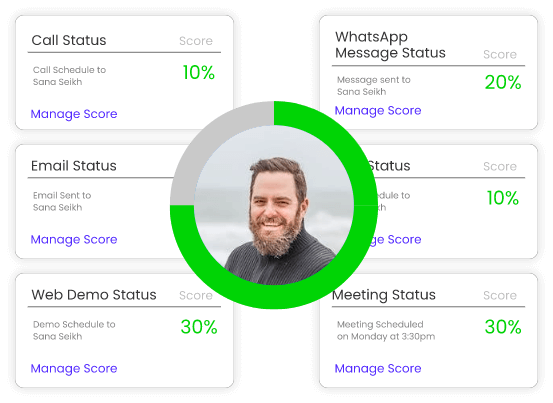
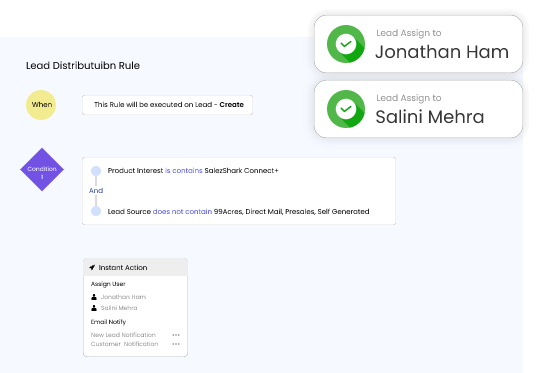
Lead Distribution
A lead management method must include a step called lead dissemination. Once the leads are obtained, they need to be distributed to the appropriate sales representatives. If done manually, lead distribution is a laborious operation. However, this process can be accelerated with the aid of the lead management system. Based on whatever logic or parameter that you select, the lead distribution system of the best lead management software automatically distributes and allocates the leads to the sales executives. The leads from that particular area will, for instance, be automatically assigned to the team that controls any location-specific leads.
Lead Nurturing
Lead nurturing is essential for maximizing customer conversions. By constantly communicating with prospects and consumers through channels like email campaigns, SMSs, or social media platforms, you can increase their interest in making a purchase from you. Don't pass up this chance to convert leads into repeat clients with the appropriate approach!
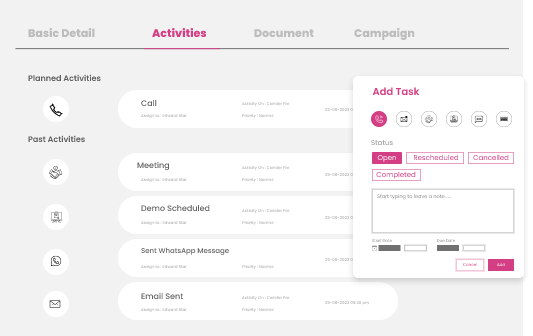
Benefits of lead management system
Running a business is not a cakewalk in a highly competitive world. You always plan a strategy to overcome the competition and multiple challenges that your business face. With the pace of time strategies change and if you do not change then it’s a big mistake that impacts your business adversely. Lead management solution is one of the solutions that helps your business in beating the competition and provides the right direction to your business in achieving the desired goals. Let us dig into a few benefits of the lead management system.
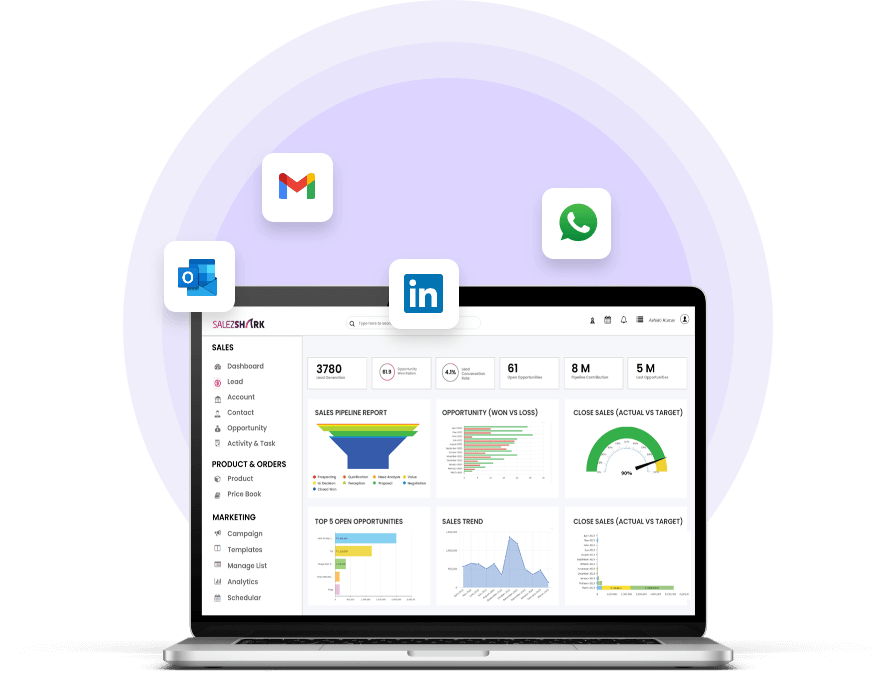
Empower Your Business
Sign Up Now